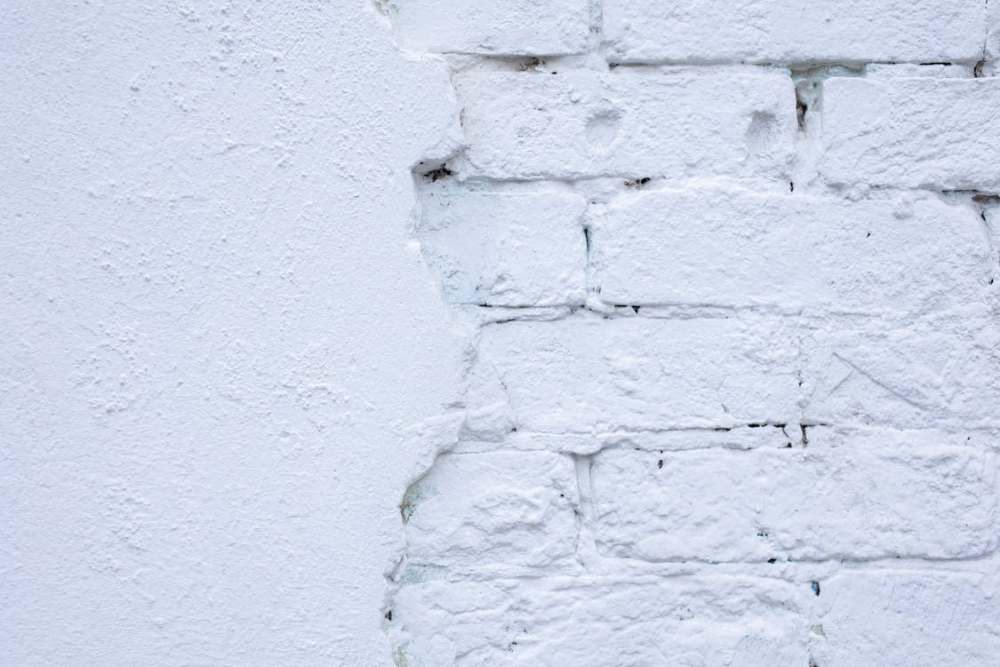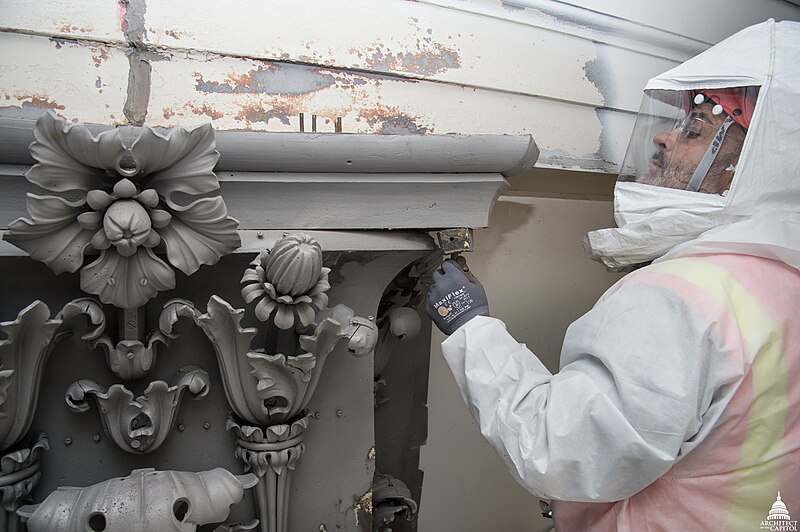Discovering lead paint in your home can be a concerning revelation, especially for households with young children or pregnant women, who are most vulnerable to its harmful effects. Used extensively in homes before its dangers were fully understood, lead paint is now recognized for its potential to cause a range of health issues, from cognitive impairments to serious illness.
If you find yourself facing this issue, it’s crucial to take informed and careful steps to address the problem safely and effectively. This article will guide you through what you should do if you have lead paint in your home, providing advice and insights to help you mitigate risks and ensure a healthy living environment.
What is Lead Paint and Its Dangers?
Lead paint is a type of paint that contains significant levels of lead, a toxic metal. Up until the late 1970s, lead was commonly added to paint to accelerate drying, increase durability, maintain a fresh appearance, and resist moisture that leads to corrosion. However, it was later discovered that lead paint poses serious health risks, particularly to children and pregnant women. Exposure to lead paint dust or chips can lead to lead poisoning, which can severely affect mental and physical development in children and cause various health issues in adults, including high blood pressure and kidney damage.
The dangers of lead paint are most pronounced in homes built before 1978 when the United States banned the sale of lead-based paint for residential use. Lead paint can deteriorate over time, releasing lead-contaminated dust into the environment or producing chips that young children might ingest. Even renovation activities can disturb lead-based paint, creating dust and exposing residents to its harmful effects. The risk it poses to health makes the identification and proper management of lead paint a crucial concern for homeowners, landlords, and tenants alike.
Ways to Properly Remove Lead Paint
Removing lead paint from your home is a task that requires careful consideration and execution to ensure the safety of all occupants. Given the health risks associated with lead exposure, it’s crucial to employ methods that effectively minimize the release of lead dust and particles. Here are several approaches to safely removing lead paint, each with its own set of steps and precautions.
Wet Sanding
Wet sanding is a technique that involves using sandpaper along with water to keep the dust from lead paint under control. The water acts to trap the dust particles, preventing them from becoming airborne and reducing the risk of inhalation. It’s vital to wear protective gear and ensure the area is well-ventilated while performing this task. Following the sanding process, it’s important to use a HEPA filter vacuum to clean up any residue thoroughly.
Chemical Stripping
This method involves applying a chemical paint remover to the lead-based paint to soften it, facilitating its removal. Chemical stripping is particularly useful for detailed work where mechanical methods might damage the underlying surface. After application, the softened paint can be scraped away with minimal dust production. However, it’s essential to handle chemical strippers with care, wear appropriate protective equipment, and dispose of the waste properly.
HEPA Vacuuming
In the context of lead paint removal, HEPA vacuuming is a crucial step, particularly after the primary removal process. HEPA vacuums are designed to capture fine particles, including lead dust, ensuring a thorough cleanup. This method is often used in conjunction with other removal techniques to ensure that no hazardous particles remain in the living environment.
Professional Abatement
For extensive lead paint removal projects or when the paint is in poor condition, hiring a certified lead abatement contractor is the safest choice. Professionals are trained in the safest and most effective removal techniques, whether they involve encapsulation, component replacement, or another method. They also come equipped with specialized tools and follow strict safety guidelines to protect themselves and the home’s occupants.
Choosing the right lead paint removal method depends on various factors, including the project’s scope and the specific conditions of your home. Regardless of the method selected, prioritizing safety and adhering to proper procedures are essential to minimizing lead exposure risks.
Conclusion
Discovering lead paint in your home can be concerning due to the health risks it poses, especially to young children and pregnant women. However, understanding the steps to safely manage or remove this hazard can mitigate these risks and ensure a safer living environment. Whether you choose to employ wet sanding, chemical stripping, HEPA vacuuming, or seek the expertise of professional abatement services, it’s essential to prioritize safety by using the proper equipment and following recommended guidelines.



